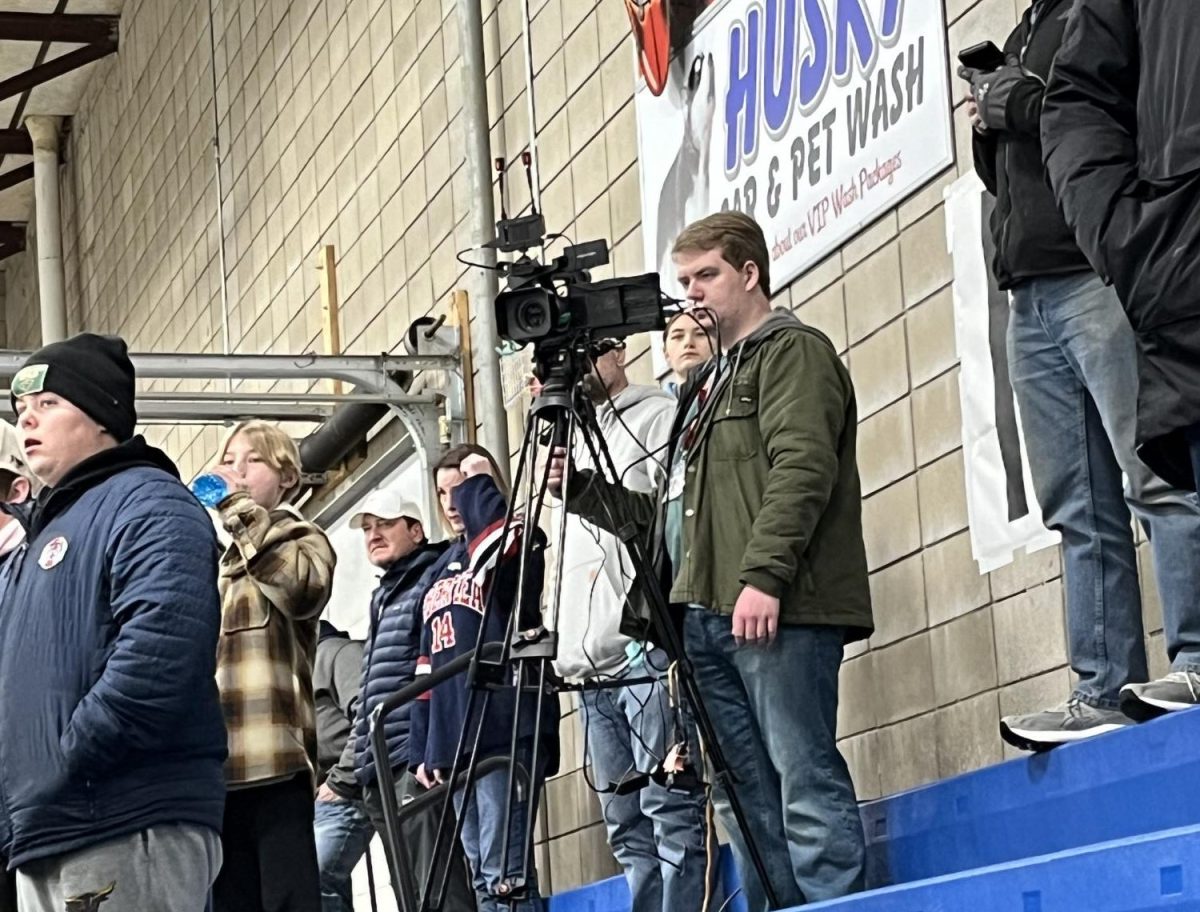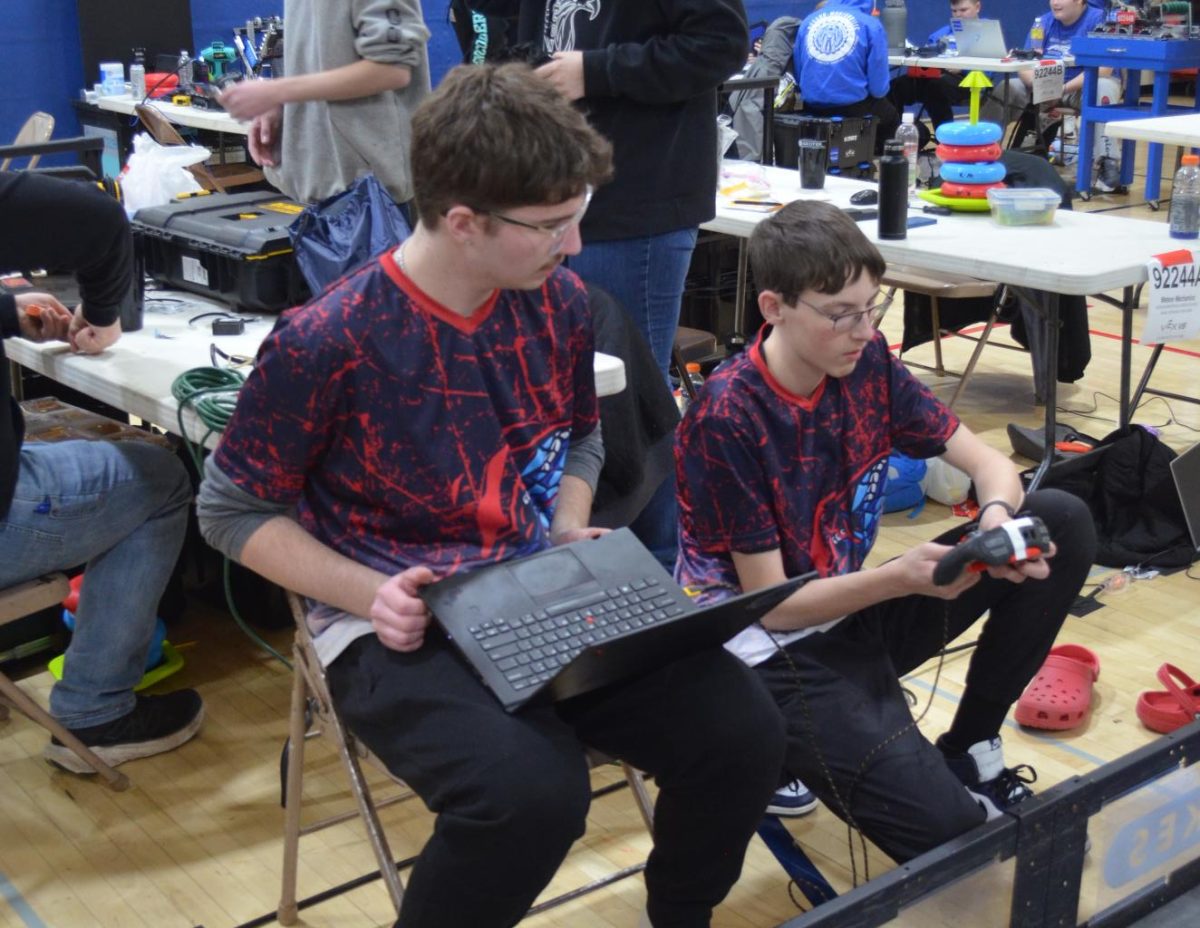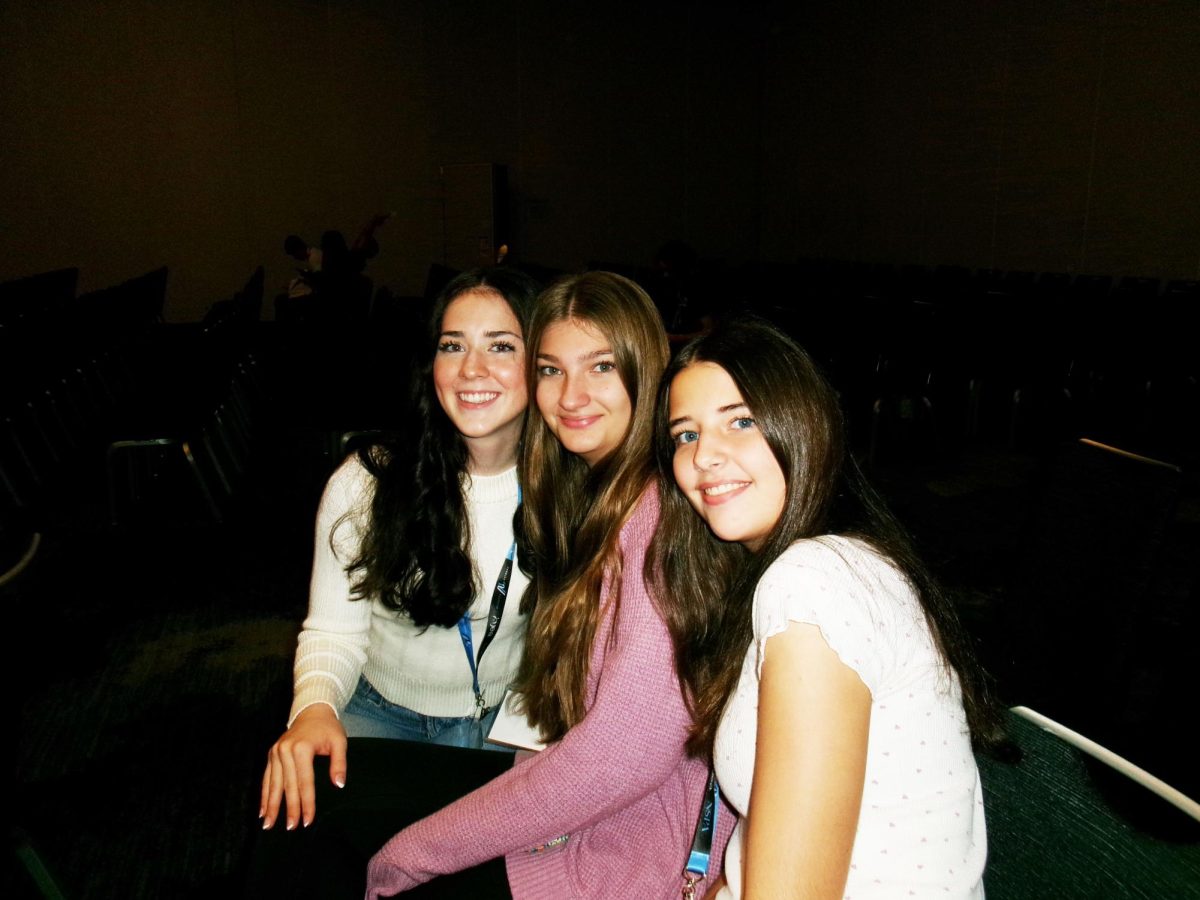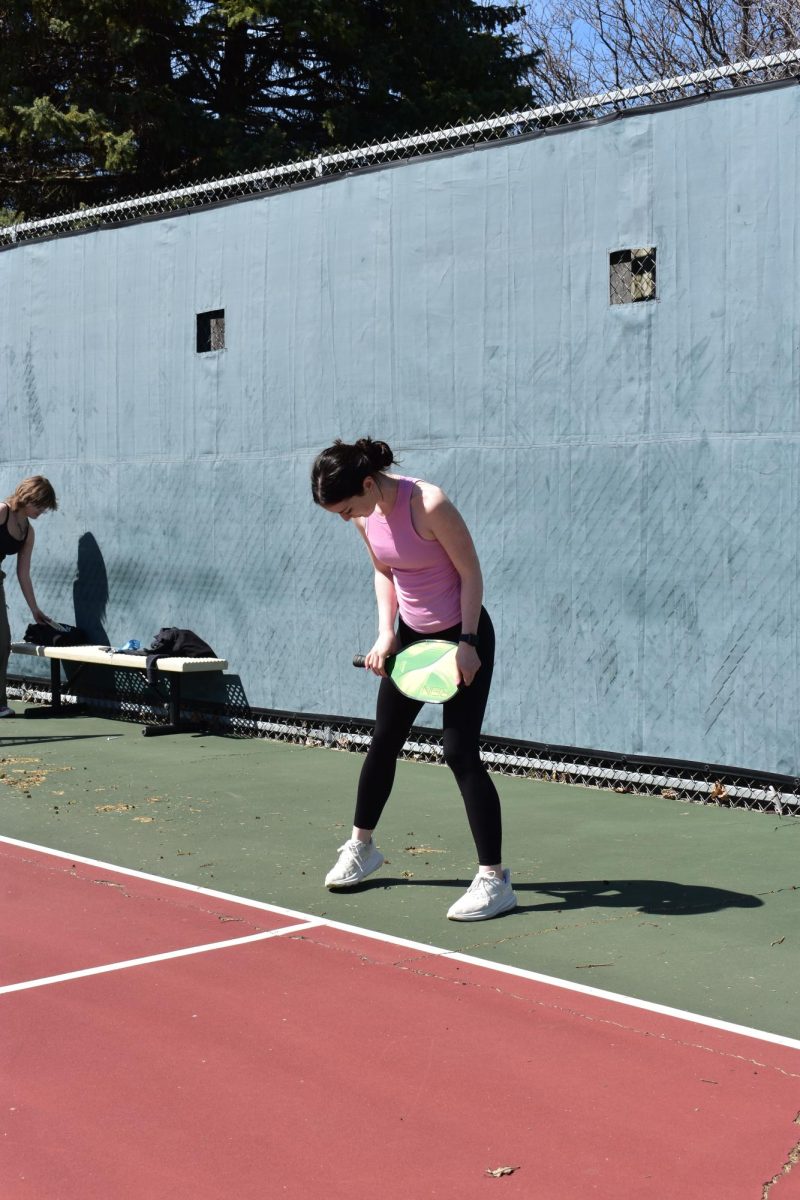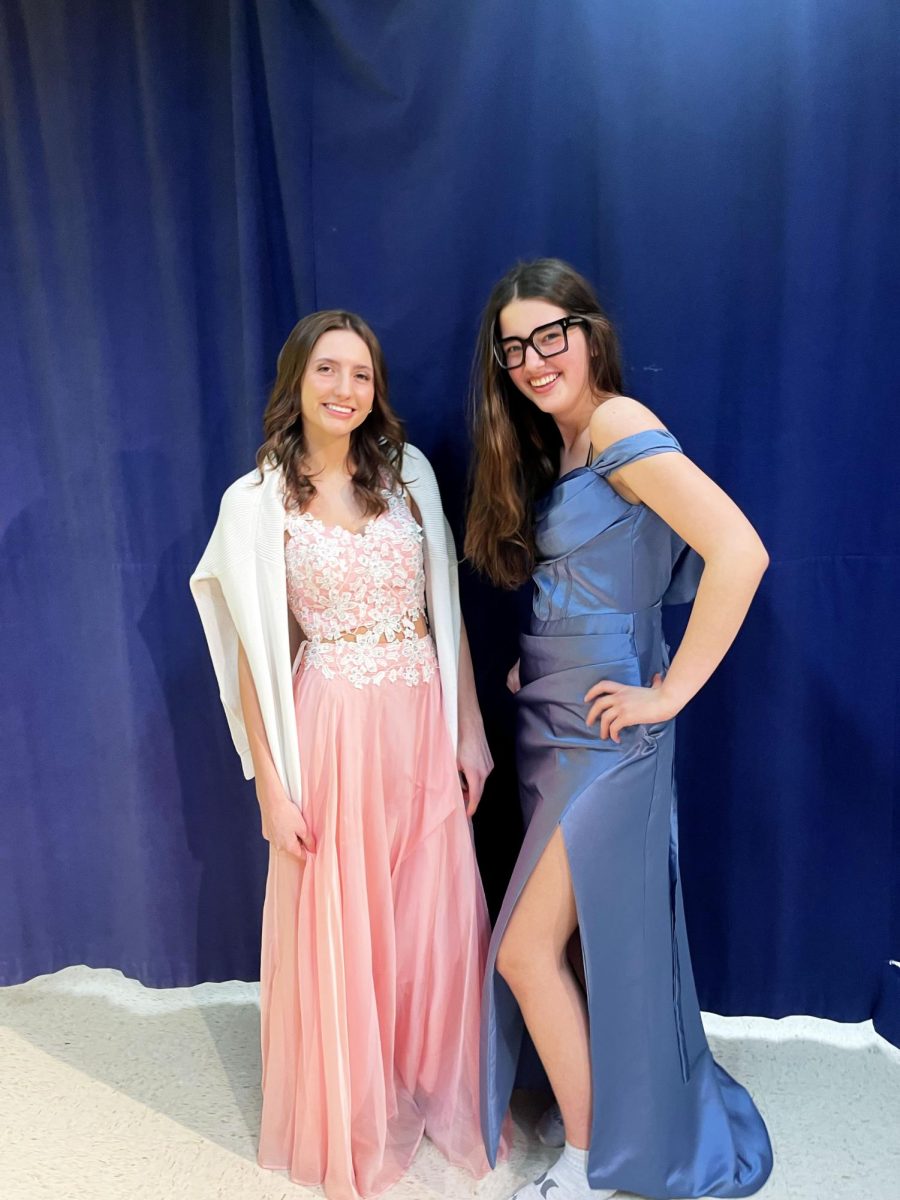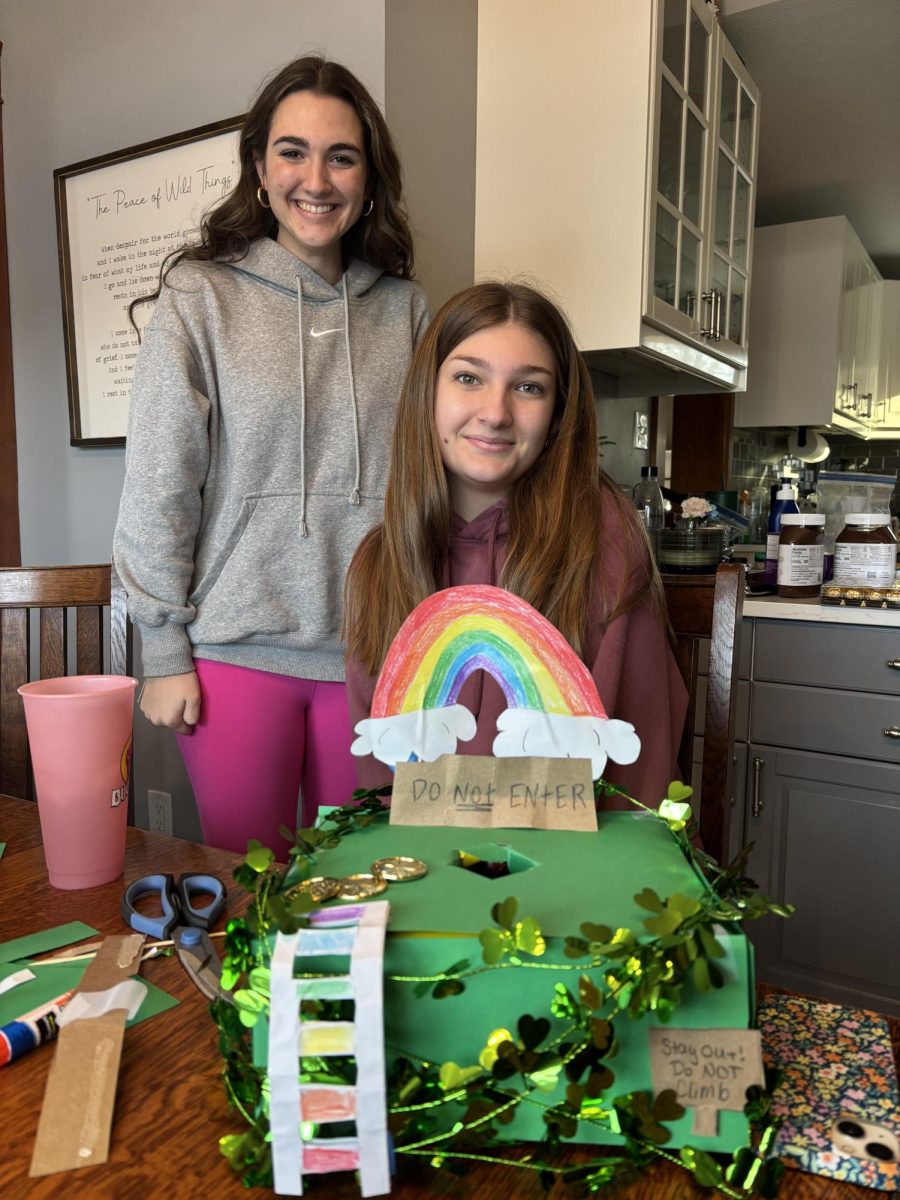The Albert Lea Robotics recently hosted the first home tournament at Albert Lea High School. The event was held on Feb. 15. It lasted nearly six hours and continued throughout Saturday morning and afternoon. There were 36 teams from across Minnesota, Iowa and Nebraska. Overall, there were nearly 200 students who participated.
The Albert Lea High School VEX Robotics program was first introduced in the early 2021. It is a student-centered program where students will work as a team. Six of the teams were from Albert Lea. Two high school teams including the Broken Zip Ties and It Could Work! The rest were from Southwest Middle School: Broken Cheem, Glizzy Gladiators, The Glitch and Sunflowers.
The program’s head coaches are Kaylene Jensen, Dean of Students at Halverson Elementary, and Rosalyn Chmelik, ALHS English teacher.
“It’s a very fun and hands-on program where you get to try lots of new things,” said Chmelik. “Even if you don’t think that robotics is going to be right for you, we can find a spot for you.”
The Broken Zip Ties qualified for the VEX Robotics State Championship held in St. Cloud, Minn. on Feb 27. White at the state tournament, the team can be invited to the VEX Robotics World Championship. The team consists of Senior Brecken Koepke, Senior Julissa Munos and Senior Tyler Youlden. They claimed the champions of the ALHS home tournament and also won the Excellence Award for factors such as design and strategy.
The home tournament was a regional tournament where teams played in a randomized selection of pool play. This part of the tournament eliminates teams in a bracket style.
A few days before the match, the Broken Zip Ties said they were feeling good and confident, adding that they had been looking forward to it.
To prepare for the event, Koepke, robotics captain and a programmer on the team, said, “[They had] lots of practice hours, and making sure everything is tuned and dialed in.”
Munos handles the community outreach role of the team, ensuring they have all the necessary parts for the upcoming tournament. She was in charge of informing the coach of materials necessary for the competition.
Youlden, who works with building and designing the robot, said, “It’s really fun to be in a team and work together.”
The team agrees that the teamwork and people involved with the program is one of the most fun aspects. They also say they enjoy traveling around the state and U.S. for tournaments, like the recent tournament at Lambeau Field in Green Bay, Wis. or the Mall of America in Bloomington, Minn.
“The Broken Zip Ties previously qualified for the World’s Championship and look forward to earning another invitation at the State Tournament this year,” said Chmelik.
The team got to travel to Dallas, Texas and play against over 800 teams from across the world at the World Championship in 2023.
Each season the goal will vary but will always have the expectation of creating a robot to manipulate game pieces which can range from stacking items or placing them in a specific zone.
Students will be split into teams of three or four people where everyone has their own role to assist the group. Each person on the team will either build, program or work with the engineering notebook. During tournaments teams will compete against each other in driver-controlled periods and autonomous periods, where the robot will automatically move and stack the items, to earn points. Rounds last for two minutes.
This year the challenge the teams created robots for is called, High Stakes, where students will try to stack rings on goals while avoiding obstacles to achieve more points. There are multiple stakes around the playing field that all give the students a different amount of points and some can even take away points from the teams if they forget.
The team had to remember what stake placements did while also controlling their robots and working as a team.
When teams first check into the tournaments they will turn in their engineering notebook. The engineering notebook is a catalog of everything that the team has done during the design and building process, including their coding.
“Students follow a specific design process,” said Chmelik. “They design, test, and modify their robots throughout the year.”
Although the team said they had no personal goals for any of the Robotics members, they worked on their knowledge, skills, and competitiveness. Their only real goal during the season is to make it to World with the rest of their team.
They are close to reaching their goal and they have qualified for the state tournament which will take place from Feb. 27 to March 1.
While Robotics is educational, it is also a fun hands-on program where students work together and practice teamwork along with other skills such as time management, adaptability, conflict resolution and more. Students are known to have many innovative abilities.


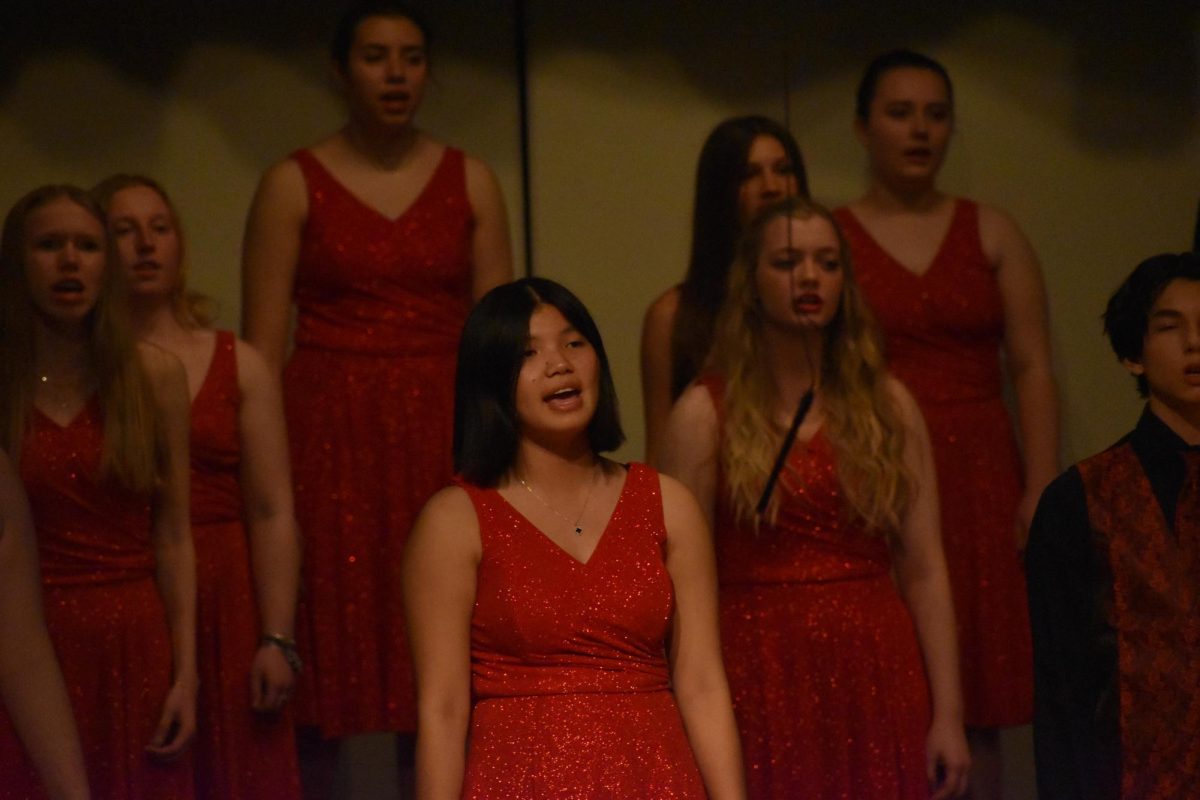


![At the pepfest on Feb. 13 the Winterfest Royalty nominees were introduced. There were two girls and two boys candidates from each grade. Royalty included Prince Axel Calderon (11), Jacob Miller (12), Princess Maya Fuller (11), Brecken Wacholz (10), Ethan Brownlee (9), Lord Given Saw (9), Lilly Elmer (9), Angela Buansombat (10), Queen Jenna Balfe (12), Hanna Austinson (11), Raegan Broskoff (8), Duchess Evalyn Holcomb (10), Jordyn Earl (8), and Lady Leighton Brenegan (9). Not pictured include: King Kaiden Baldwin-Rutherford (12), Piper Aanes (12), Blair Blake (11), Duke Kuol Duol (10), Thoo Kah (8) and Aidric Calderon (8). Student council member and Junior Prince Axel Calderon said, “It [the nomination] means that I’m kind of a student leader. I hopefully show younger kids what it means to be a part of the student council and lead the school.”](https://www.ahlahasa.com/wp-content/uploads/2025/03/front-page-1200x800.jpeg)




